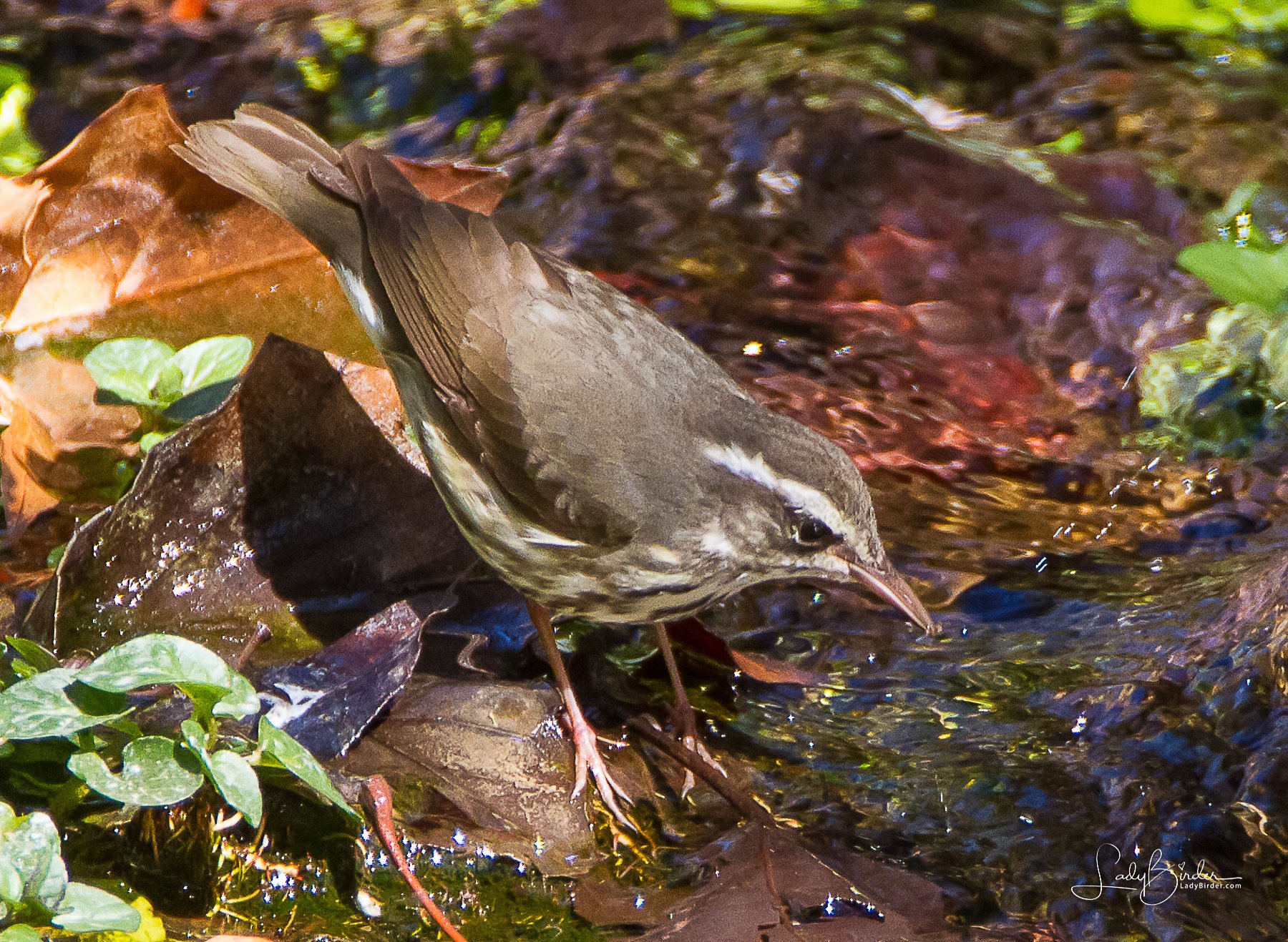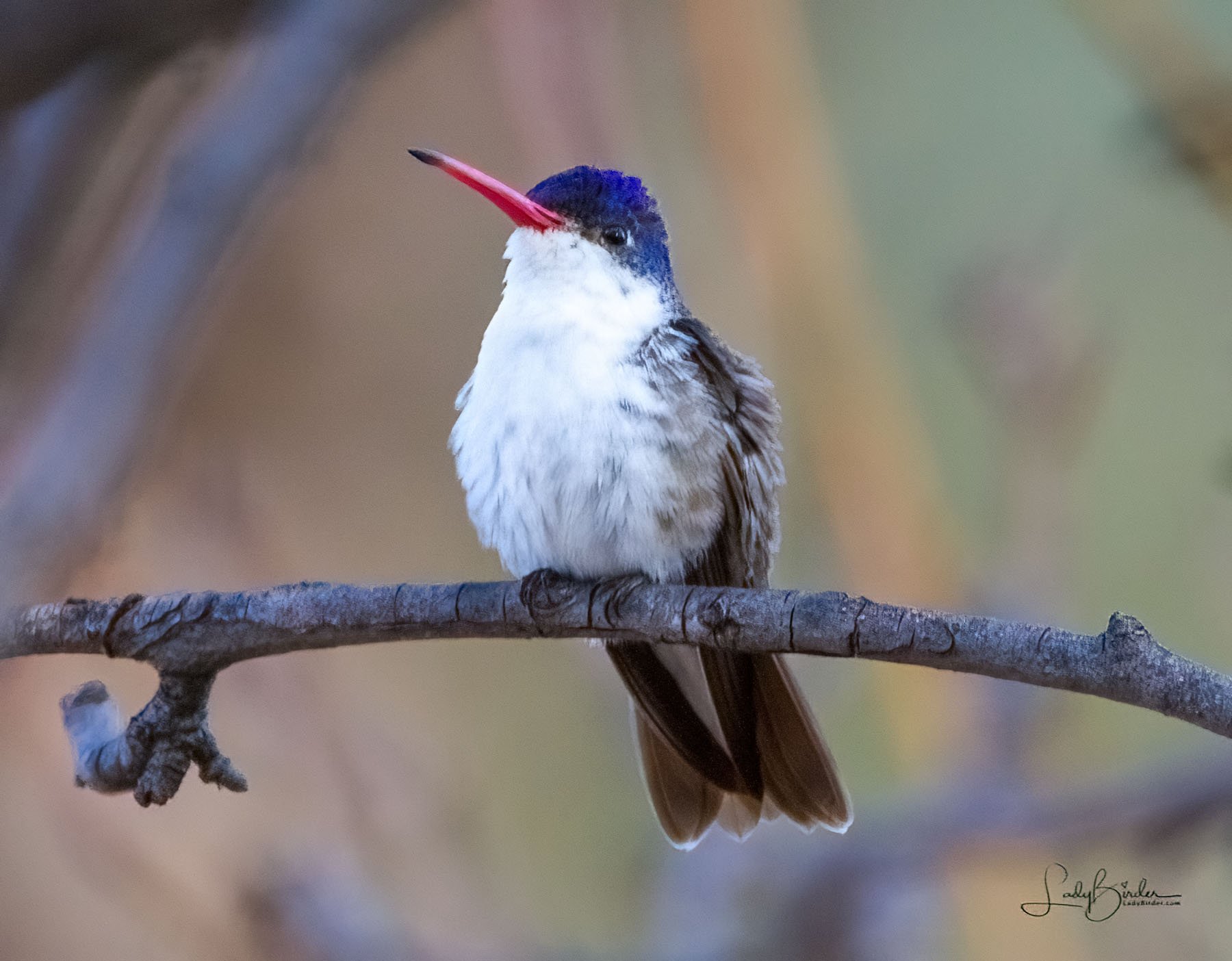Chasing Tail Feathers: The Pursuit of Uncommon Beauty
March 25, 2018
I am not an avid birder. I'm a rabid birder. My deep dive into serious birding last year propelled me into the orbit of two dedicated and knowledgeable birders who think nothing of driving halfway across the state of Arizona in pursuit of an uncommon bird. Not only have I learned about bird identification and habitats from Susan and Brian, but I've also had the opportunity to see parts of Arizona I've never been to in the 18 years we've lived here. And what a great state this is, especially for birding! Arizona's riparian corridors are essential routes for hundreds of species of migratory birds and are home to many more. Arizona's species list of around 550 is the highest of any state without an ocean coastline. The total is aided by several rare vagrants that occasionally cross the border from Mexico, such as Flame-colored Tanager and Streak-backed Oriole (see the image gallery at the end of this post).
I've heard some birders claim they don't care about the number of birds they see and aren't into the competition or the chasing of birds. But nearly all birders track their sightings with either an online checklist program, a hand-written birding journal or on a napkin, so they are in some sort of competition, even if it's just to exceed their personal lifetime yearly goals. Besides, the thrill of the chase is addicting. One could even say obsessive.
Many birders use eBird.org, an online checklist program that collaborates with the Cornell Lab of Ornithology and the National Audubon Society. Although I've heard birders complain about the program as "just a game" that injects unnecessary competitiveness into the hobby, serious birders know it is much more than that. Launched in 2002, eBird documents the presence, absence and abundance of different species through participant-submitted data, providing scientists with invaluable information about bird habitats and migration. The tools provided for accessing the data allow participants to explore other regions and birding "hotspots" and set up alerts for rare bird sightings and regional "needs" daily or even hourly. A scoreboard shows a participant's rating among the top 100 birders in any county, state or country based on the number of species seen. Toward the end of the year, things get a bit more competitive as pressure to see First of Year (FOY) species intensifies before all counts return to zero on January 1.
Our big push at the end of last year was an 800+ mile, three-day trip through beautiful Southeast Arizona. Trekking across isolated dirt roads through grasslands, riparian areas, and rocky mountain dirt roads, we found 107 species of birds, ten of which were new to me. The most memorable birds were the three Short-eared Owls we saw at dusk, an awe-inspiring experience that can only be religious. My favorite photo of the trip was that of a Rufous-crowned Sparrow wedged inside an agave, coquettishly looking over its shoulder at me.
The beautiful San Rafael Grasslands are in a valley in Southeast Arizona that contains the headwaters of the Santa Cruz River. This river flows into Mexico, then turns north, back into the U.S. to eventually join the Gila River. The land is mainly private and used for cattle grazing and is a unique area with rolling hills, native grasses and oak and cottonwood trees. As some of the last remaining un-fragmented prairie grassland habitat left in the American Southwest, this area is vital for grassland bird species.
Now, nearly a fourth of the way into the new year, my pursuit of uncommon beauty has only intensified. We've traveled as far west as Dateland to see a Wood Thrush and Lake Havasu for a Laughing Gull, northeast to the White Mountains, southeast to the beautiful Chiracahua Mountains, and just about as far south as one can go in Arizona to Patagonia to add a rare Carolina Wren to our life (for me) and year lists. We don't always find what we're looking for, but the thrill of the chase is reward enough sometimes...well, almost!
Portal is an unincorporated community in Cochise County, Arizona. It lies 25 miles south-southeast of San Simon and at the mouth of Cave Creek Canyon on the east side of the Chiricahua Mountains.
Let me introduce you to some uncommon beauties I've met recently. I could share so many more with you, but I want you to keep coming back for more! You can click on any image to get a better look and to view the images as a slide show.

























